Join our resident bug expert Chris, from our Otter Plymouth Garden Centre to uncover the intriguing creatures residing in an average garden this season, and explore the captivating wildlife around our Otter Garden Centres.
“A bug is a term used for all small animals known as invertebrates, ranging from worms to insects and crustaceans.
A healthy habitat will have lots of invertebrates living and feeding in various habitats, from nectaring insects, leaf-munching caterpillars, sap-feeding bugs, predators, and organisms that help decompose dead plant matter to improve soil fertility.”
How to find bugs:
A good way to start looking for bugs is to have a wander in your garden or open space to see what insects are visiting flowers.
Most flowers are pollinated by insects and different types of flower heads are visited by different kinds of insects.
Tubular shaped flowers are pollinated by bees and butterflies whereas daisy-like flowers like Rudbeckia and sunflower are also pollinated by flies, beetles, and hoverflies. Some flowers attract nighttime insects such as moths to pollinate their flowers.
At this time of year bees, butterflies and hoverflies are fairly easy to spot, but if you have a torch why not go into the garden at night, looking at the flowers to see if any have moths nectaring on them. Pretty much any flower can be visited by these important pollinators.
In fact, studies* have shown that moths are more efficient at pollinating some plants than bees, because bees rub as much pollen as they can into their pollen baskets which is used as food for their developing larvae. Moths don’t use the pollen so they have very messy faces, making it easier to pollinate the various flowers.
If you are lucky, you may even spot a predator among the flowers!
The female Flower Crab Spider, Misumena Vatia, is a master of disguise.
She is able to change her colour to match the flower that she is resting on, waiting for an unsuspecting insect to land so it can become her next meal. You may also see other spiders hiding amongst the flowers, eagerly waiting for an insect meal.
Plants provide food for bugs:
As well as providing nectar and pollen, many plants are also used by bugs for food.
If you have Nasturtiums growing in your garden, turn over the leaves and see if you can spot any yellow, conical eggs.
If you find a single egg that will belong to the Small White butterfly. If you find a clump of eggs, around a dozen or so, those will have been laid by a female Large White butterfly.
The caterpillars that hatch out are quite different.
Small White caterpillars are…
- wholly green
- feed on their own
- are difficult to spot
Large White caterpillars…
- feed together
- are a mixture of green, black and yellow
- tend to sit out in the open because they are distasteful and not eaten by birds. However, they are often attacked by a parasitic wasp!
As well as feeding on leaves, some larvae actually feed within the leaves, leaving telltale trails across the leaf as they feed on the leaf tissue.
These trails (called leaf mines), along with the species of plant being fed on, can help tell you what species it is.
A silvery leaf mine snaking across bramble leaves is the work of a very small moth called Stigmella aurella.
This is a really easy one to spot wherever bramble grows. Dandelions and Sow-thistles often have leaf mines made by fly larvae and others have mines made by the larvae of small beetles and wasps.
Plenty of other bugs munch on plants too!
There are plenty of other bugs to be found munching on plants.
Slugs and snails eat whole leaves or make large holes in leaves. These are easiest to spot at night when it’s cooler.
Aphids (small sap-sucking insects) group together near the growing tips of plants, sucking sugary liquid from the stems. They often have ants protecting them from predators such as ladybirds, lacewings and hoverfly larvae.
In return, the aphids poop out a sugary liquid called honeydew which the ants adore!
Bug friendly gardening
To maintain a healthy population of bugs it is important that we avoid using harmful pesticides and choose bug friendly deterrents.
Aphids and their larvae are eaten by many insects and as well as small birds such as Sparrows, Wrens and Goldcrests. Caterpillars are vital food sources for birds and other animals, especially during the nesting season.
If we upset the food chain it has effects across all wildlife. A healthy habitat has a good mixture of predators and prey.
Take a look at our Bug’s Life pollinator friendly products at your local Otter Garden Centre or on on our dedicated Bug’s Life webpage.
There is great joy to be had observing the vast array of bug life that makes our gardens their home.

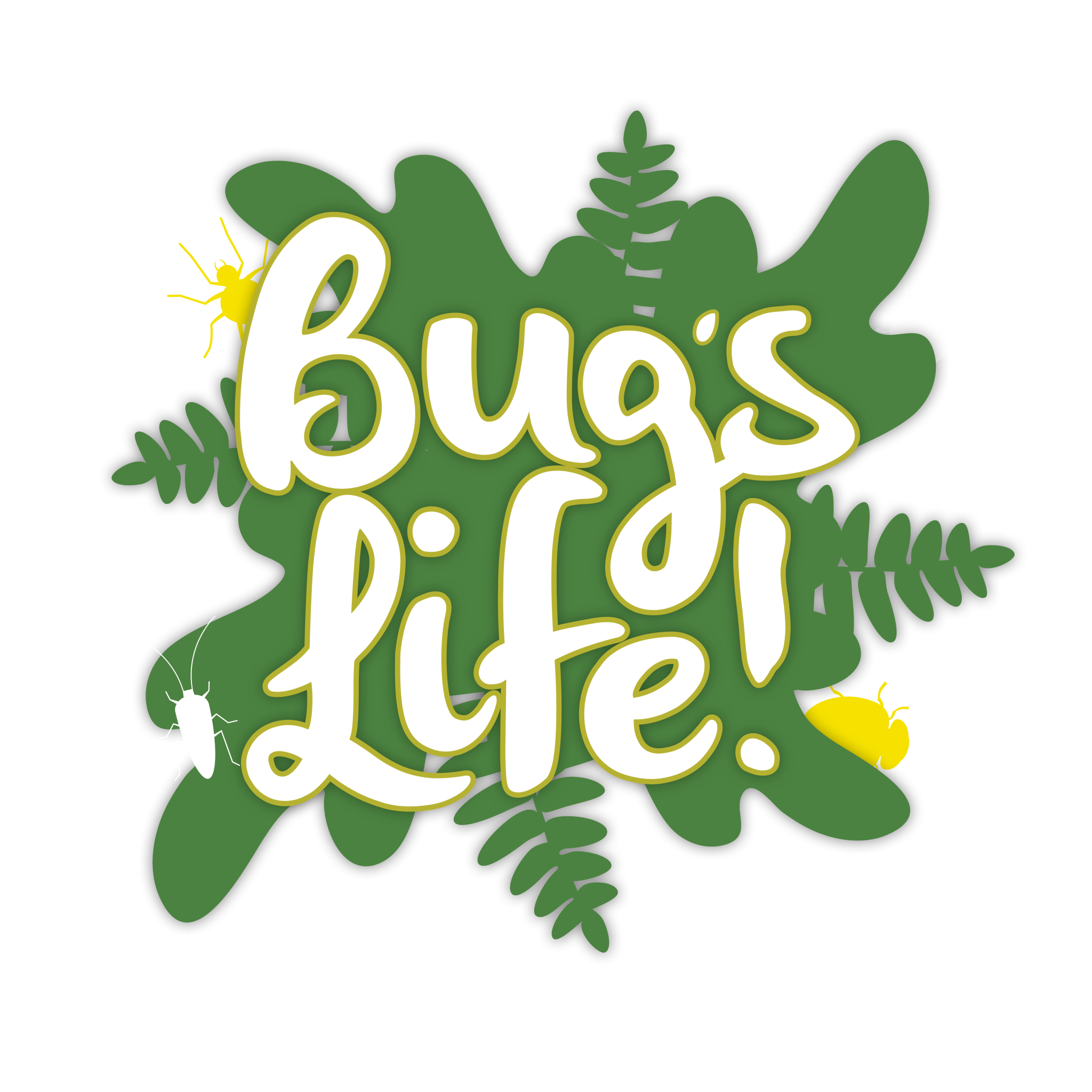
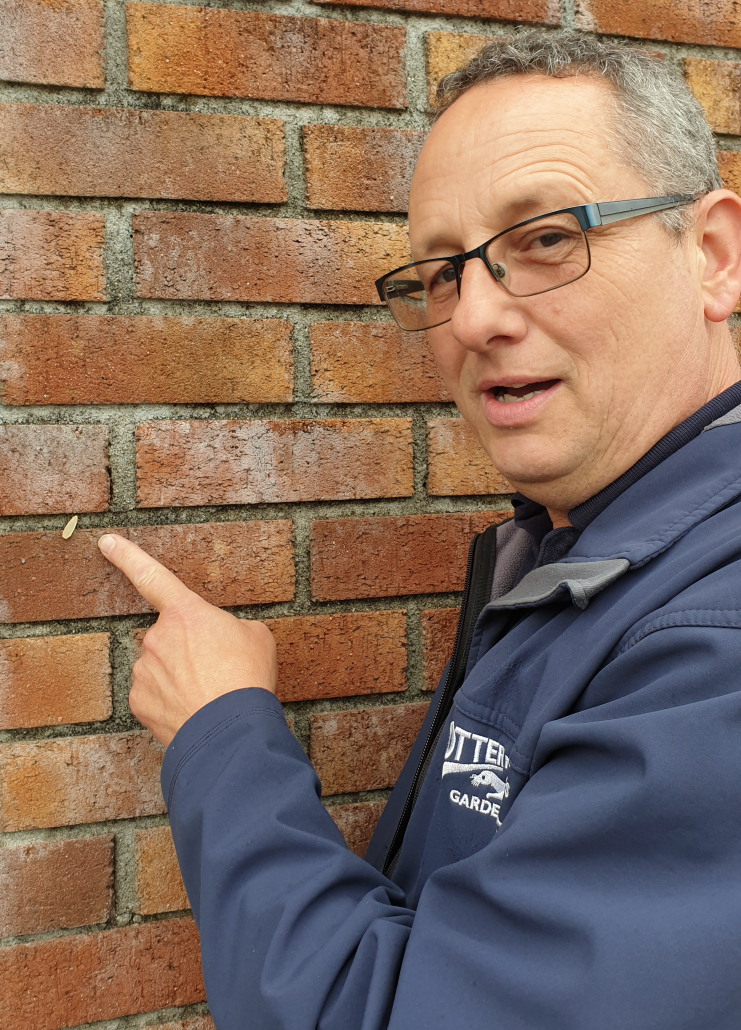
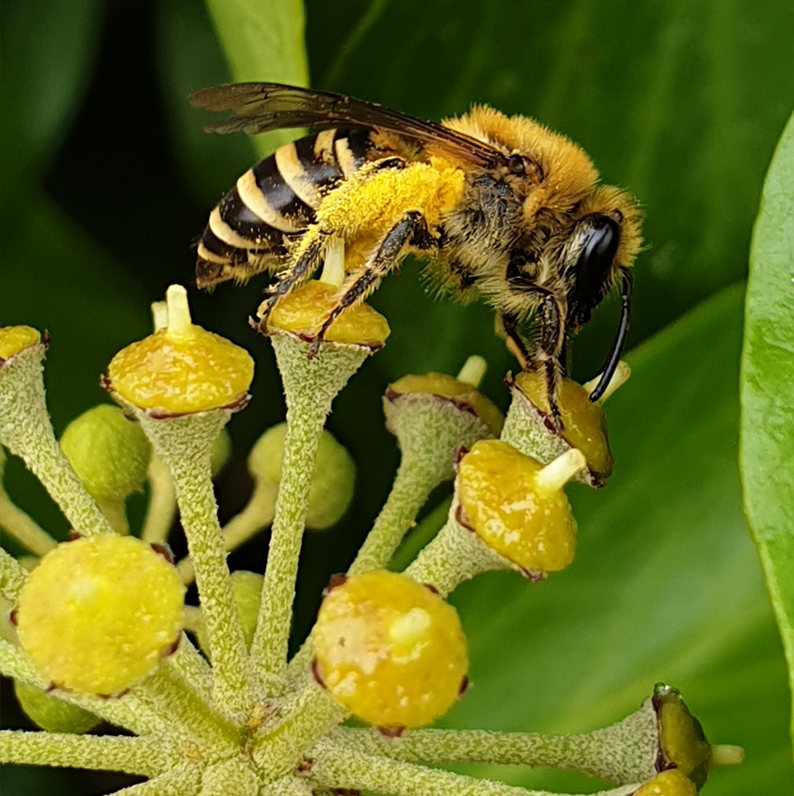
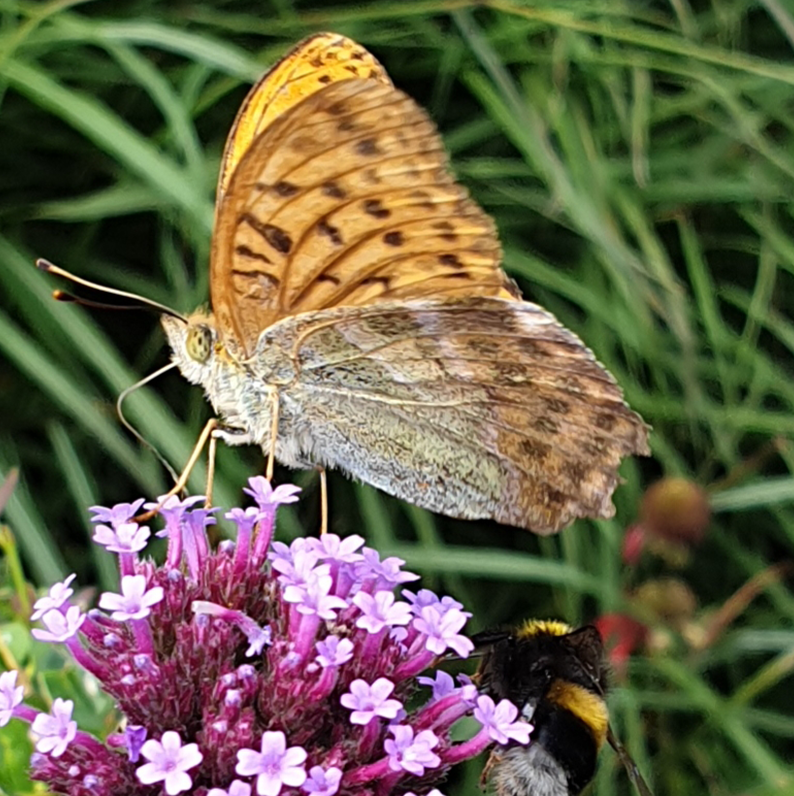
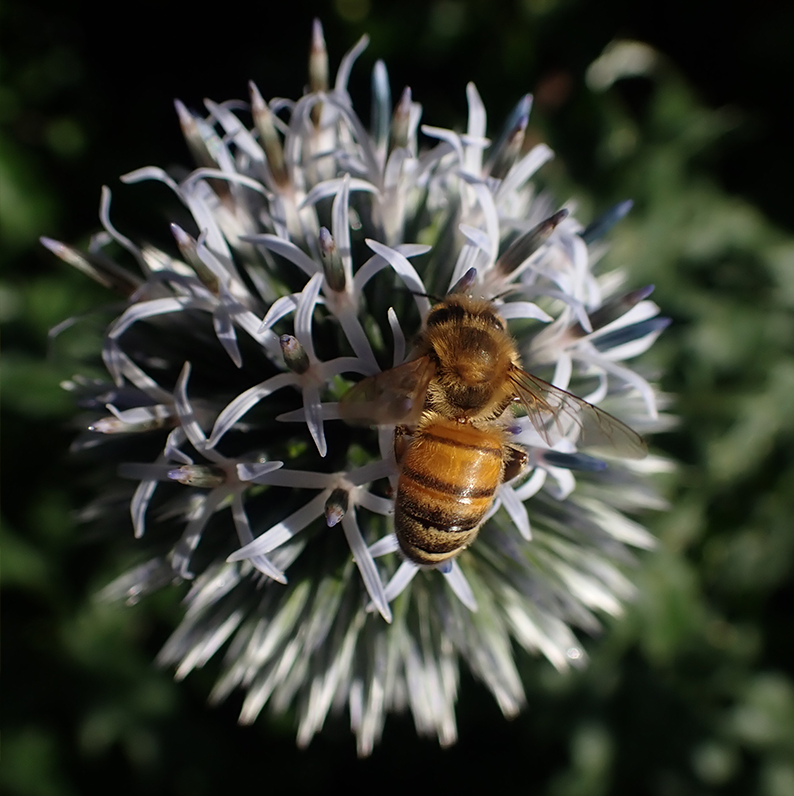
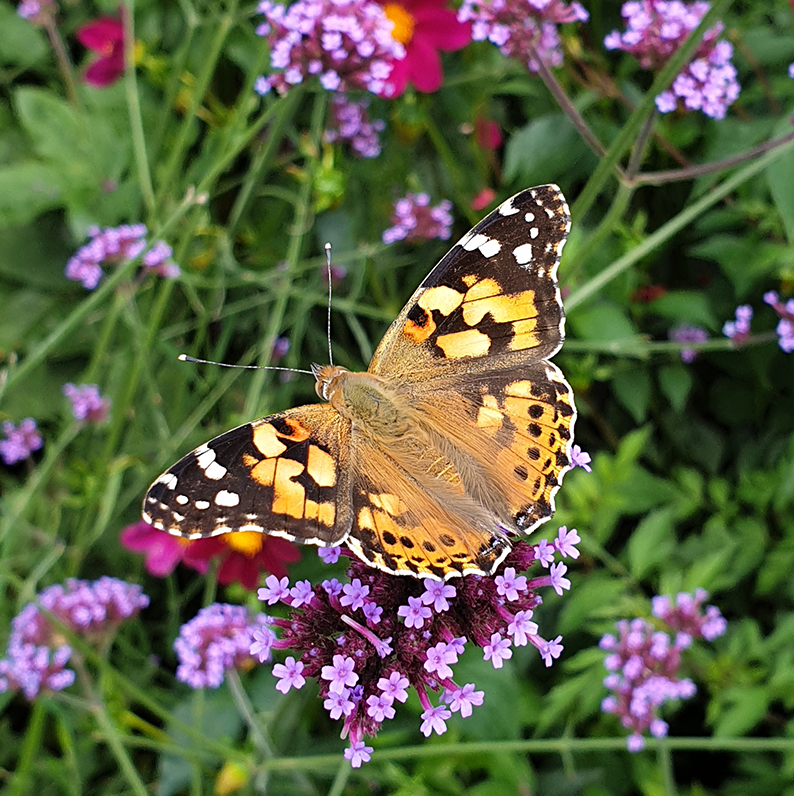
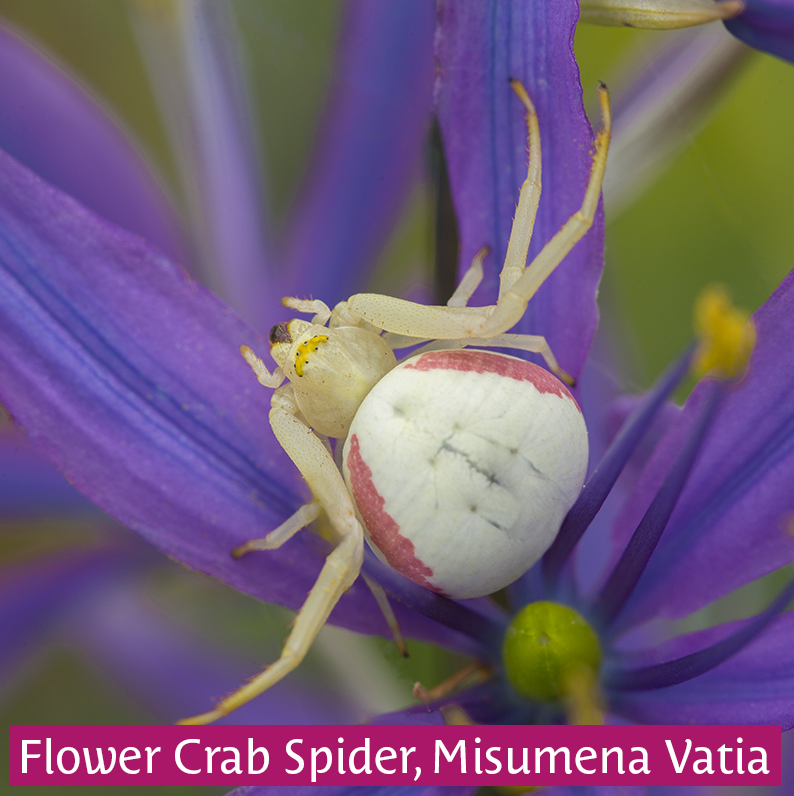
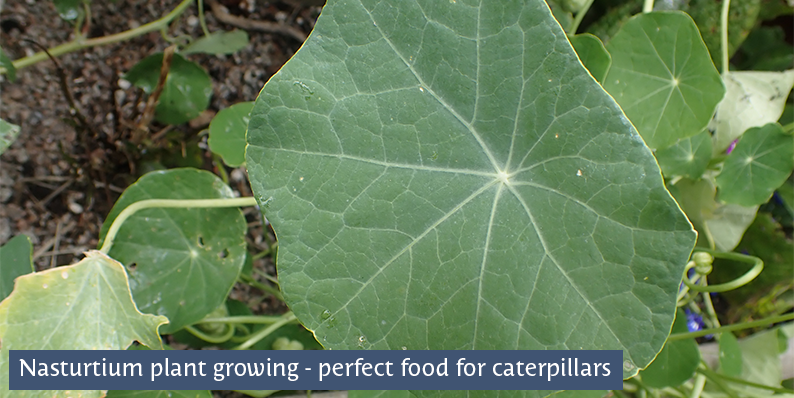
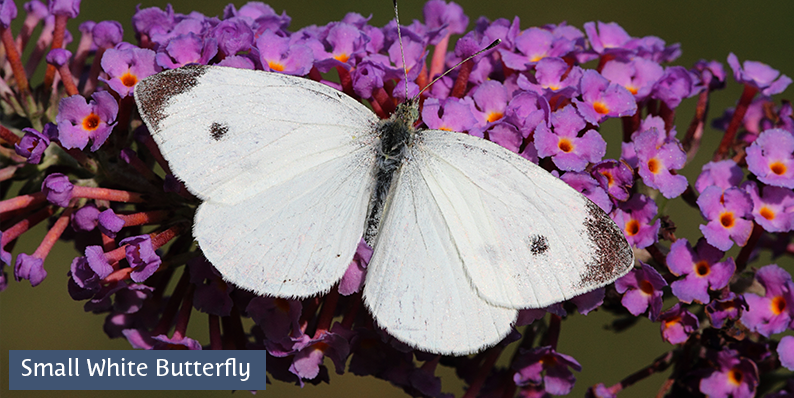
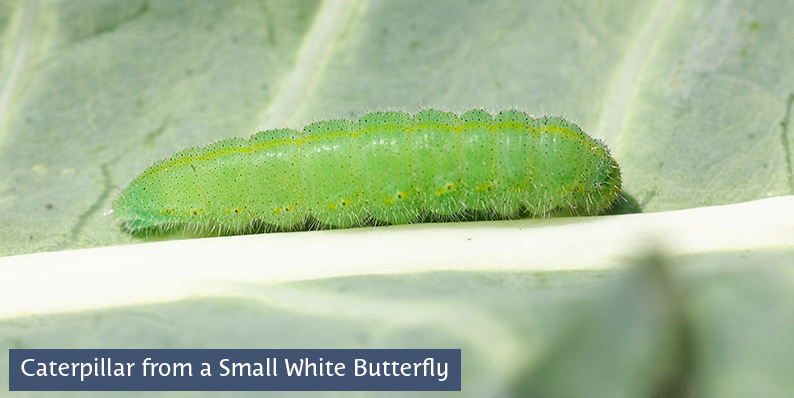
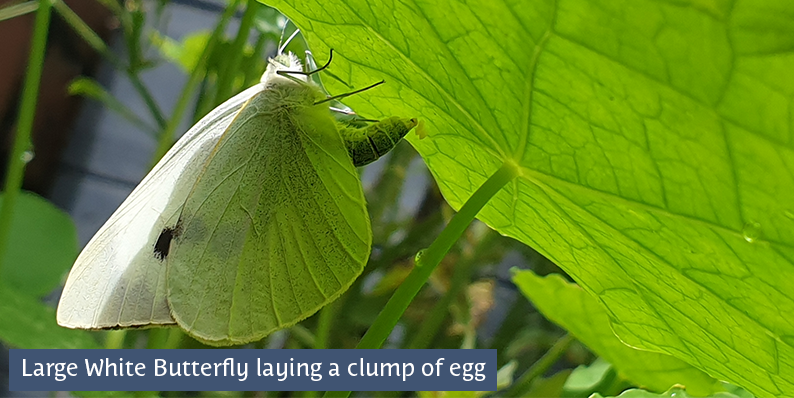
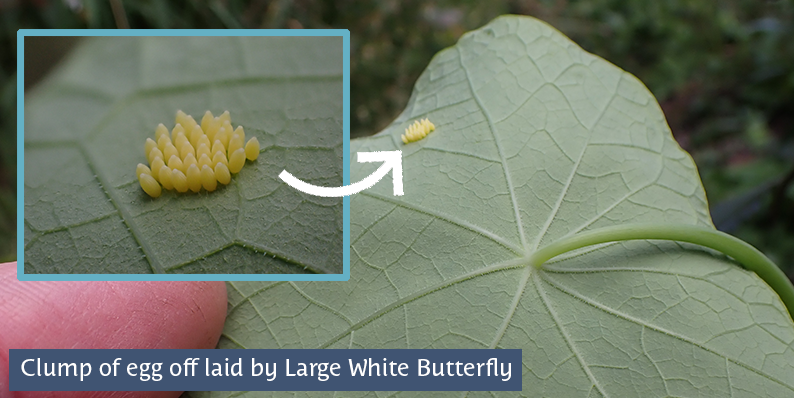
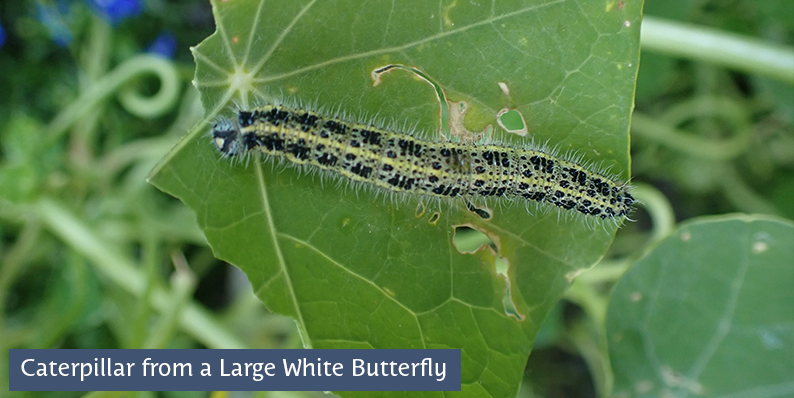
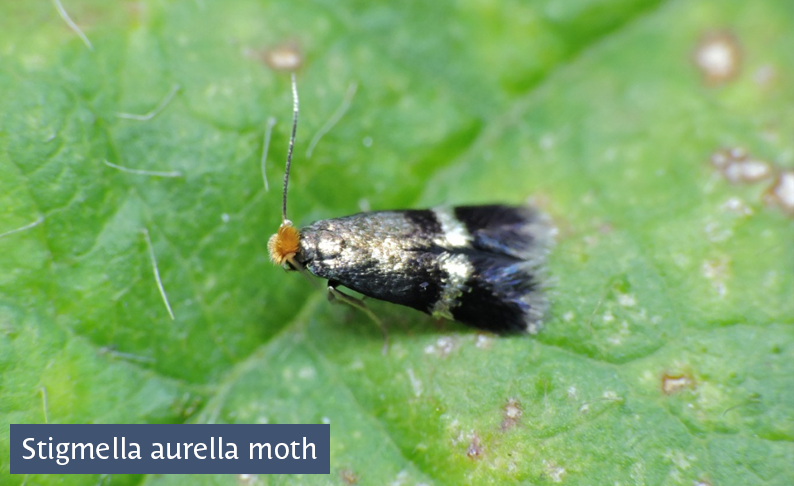
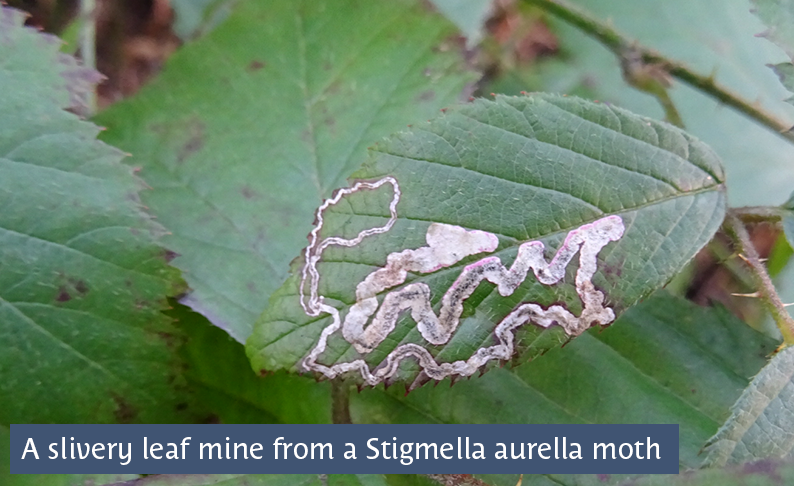
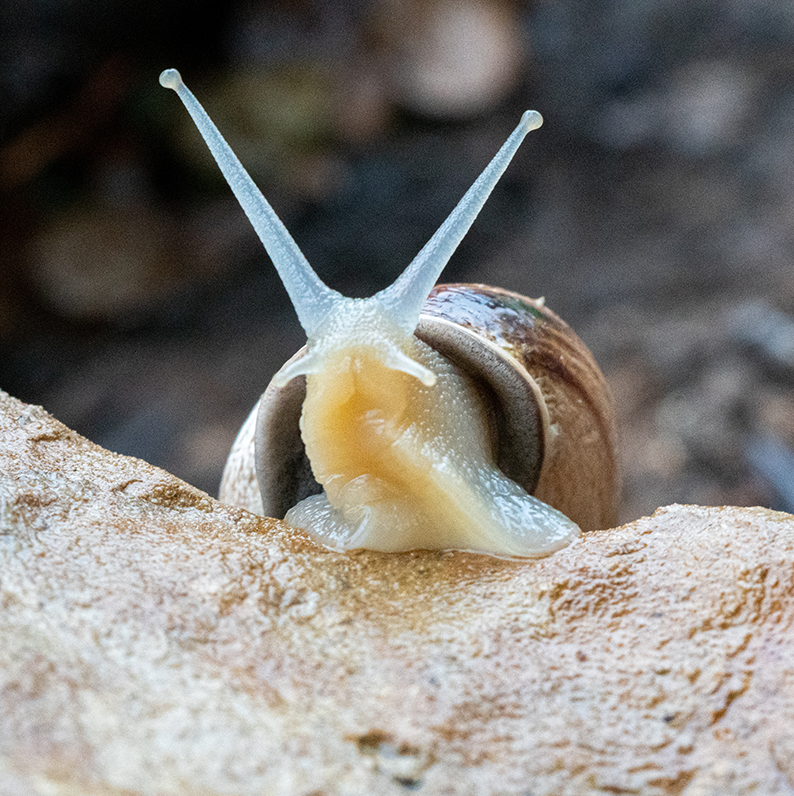
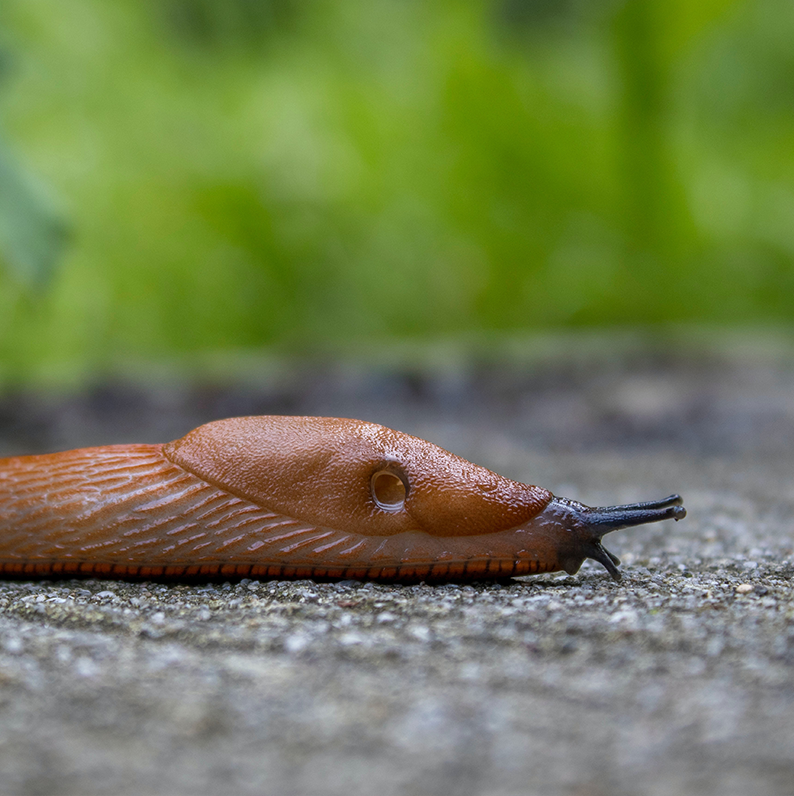
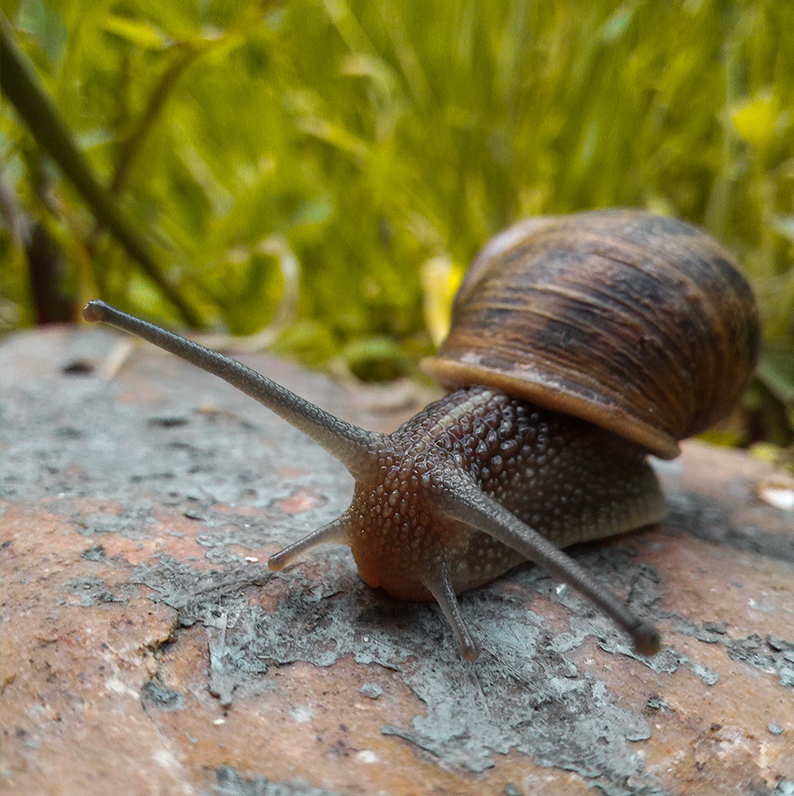
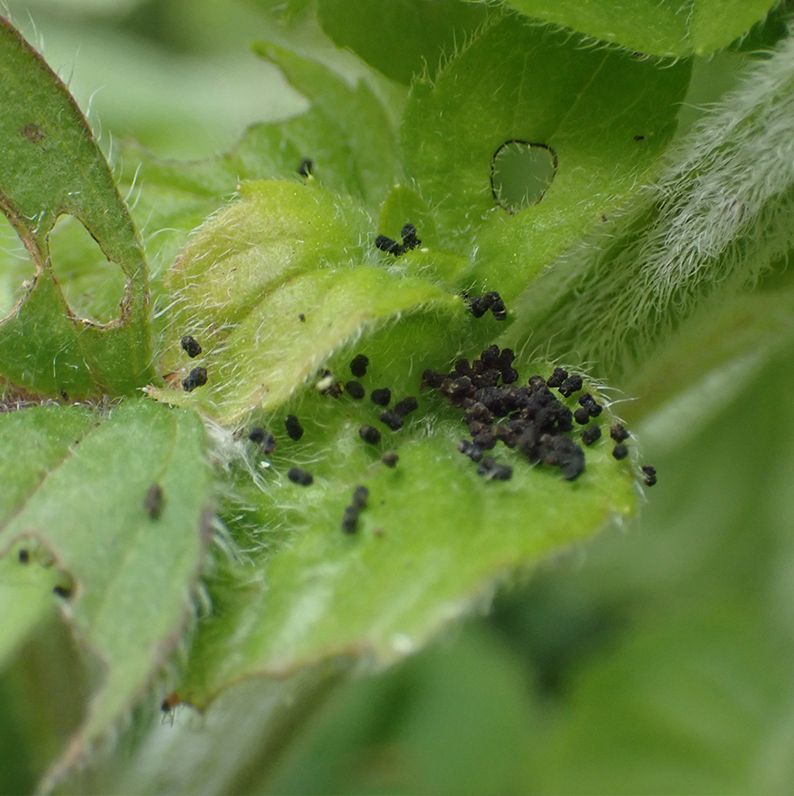
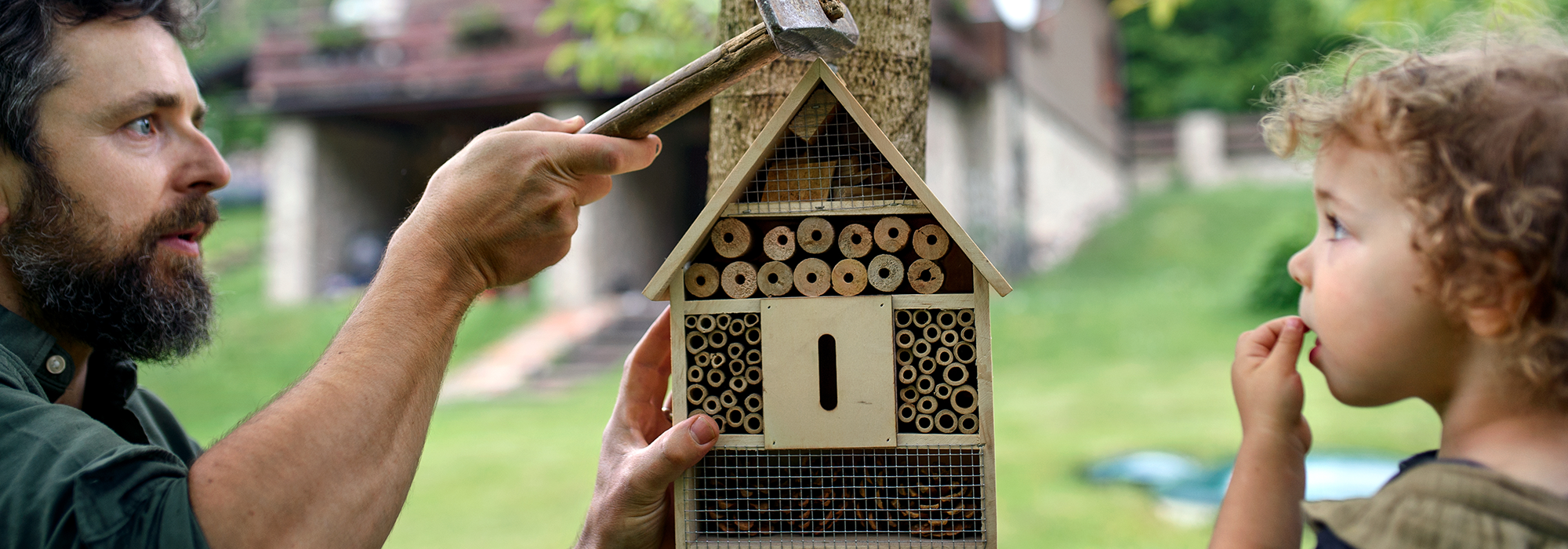
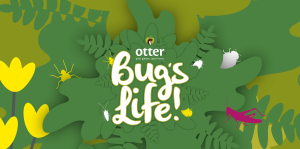

 Facebook
Facebook YouTube
YouTube Instagram
Instagram